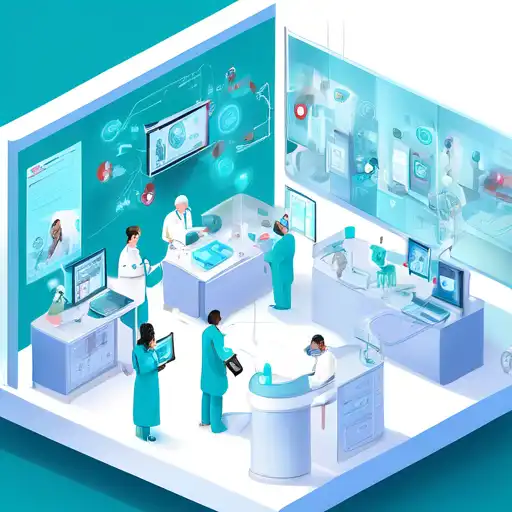Introduction to IoT in Healthcare
The Internet of Things (IoT) is revolutionizing healthcare services by enabling smarter, more efficient patient care. Through the integration of connected devices, healthcare providers can monitor patients in real-time, streamline operations, and improve outcomes. This article explores the transformative power of IoT in the healthcare sector.
Real-Time Patient Monitoring
One of the most significant benefits of IoT in healthcare is the ability to monitor patients in real-time. Wearable devices and sensors can track vital signs such as heart rate, blood pressure, and oxygen levels, transmitting this data directly to healthcare professionals. This continuous monitoring allows for immediate intervention when necessary, potentially saving lives.
Enhanced Patient Care and Comfort
IoT devices not only improve the accuracy of patient monitoring but also enhance the comfort and convenience of care. Patients can recover in the comfort of their homes while still being closely monitored by their healthcare providers. This reduces the need for hospital stays, lowering healthcare costs and improving patient satisfaction.
Streamlining Healthcare Operations
Beyond patient care, IoT is streamlining healthcare operations. Smart inventory systems can track medical supplies in real-time, ensuring that critical items are always in stock. Additionally, IoT-enabled devices can automate routine tasks, freeing up healthcare professionals to focus on more critical aspects of patient care.
Challenges and Considerations
Despite its benefits, the integration of IoT in healthcare comes with challenges. Data security and privacy are paramount, as sensitive patient information is transmitted across networks. Healthcare providers must implement robust cybersecurity measures to protect against breaches. Additionally, the cost of IoT devices and infrastructure can be a barrier for some institutions.
The Future of IoT in Healthcare
The potential of IoT in healthcare is vast, with ongoing advancements promising even greater improvements in patient care and operational efficiency. As technology evolves, we can expect to see more personalized and predictive healthcare solutions, further transforming the sector.
For more insights into how technology is shaping healthcare, explore our articles on digital health trends and the future of medical technology.
Conclusion
IoT is undeniably improving healthcare services, offering benefits that range from enhanced patient monitoring to streamlined operations. While challenges remain, the continued adoption and evolution of IoT technologies hold the promise of a more efficient, effective, and patient-centered healthcare system.
